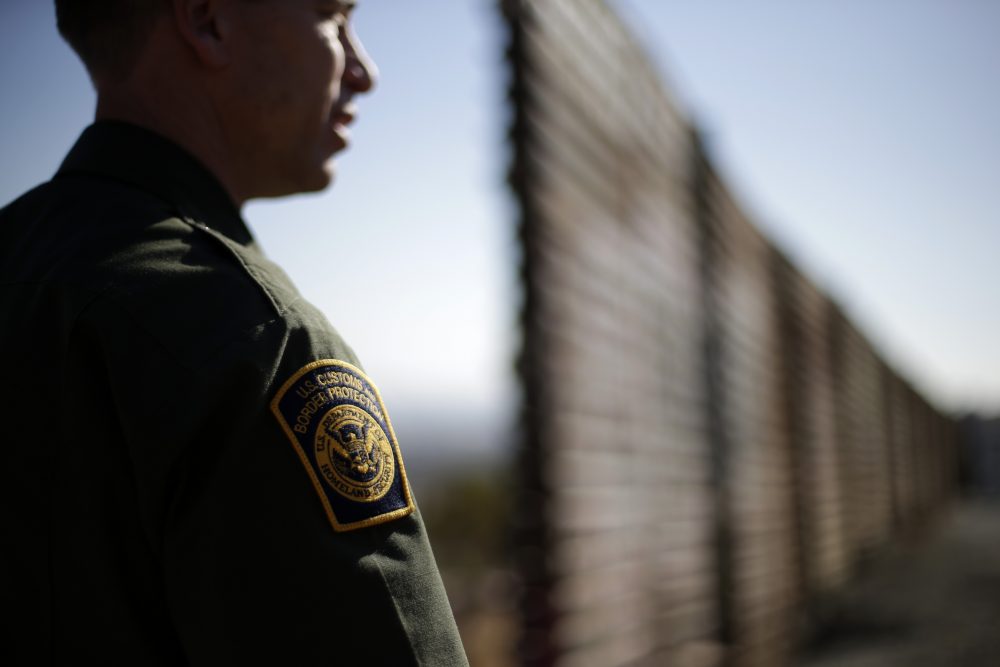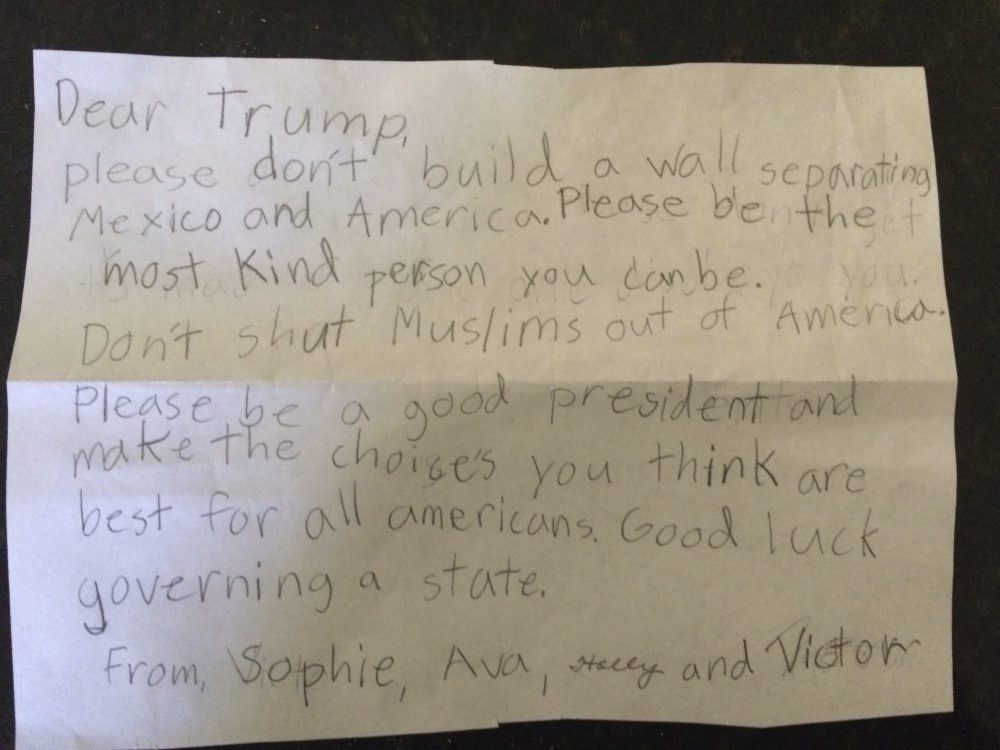Advertisement
The Wall And The Ban: Can Trump Really Accomplish Either?

COMMENTARY
Anti-immigrant fervor fueled Donald Trump’s White House bid from the beginning, so a Trump presidency naturally worries undocumented immigrants in the United States. Trump vowed massive deportation of such people and to build a wall along the border with Mexico to block more illegal immigration. He also vowed to ban all Muslims from entering the U.S. Many political analysts believe his anti-immigrant rhetoric was a key to his victory, satisfying constituencies riddled with anxiety and fears of “traditional” American culture being diluted by Hispanics, or decimated by Muslim terrorists.
The question now becomes, how much of Trump’s immigration agenda is likely to be pursued once he’s in the Oval Office?
The feasibility of a wall being built is widely disparaged. The 2,000-mile border with Mexico already has a high fence along 652 miles. The borders are heavily patrolled — there are 40,000 agents and officers — at a cost that is greater than any other U.S. law enforcement agency.
The question for Trump, then, is how to fulfill bedrock campaign promises without incurring the economic or political costs of those very pledges.
In any case, building a wall, which is pricey (another 1,000 miles of a higher wall could cost upwards of $38 billion), may be the wrong “remedy." Mexicans who illegally migrated to America are returning to their homeland in greater numbers than those who are arriving here. And not everyone enters the U.S. illegally through the southern border: Some 416,000 foreigners overstayed their visas last year, and only 14 percent of those were Mexicans or Central Americans.
Trump would doubtlessly ask for more money for border patrol and the immigration enforcement agency, and perhaps extend the existing fence by a few hundred miles. The Republican Congress would gladly acquiesce to this kind of pork barrel spending. But those measures don’t address the numbers of unauthorized immigrants living and working in the U.S. which now number about 11.1 million, half of whom are Mexican.
The majority of “illegals” are well-established in the U.S. -- more than 60 percent have been here for more than 10 years, hold jobs and pay taxes, and 9 million are in “mixed status” families — meaning they are either married to a legal resident or have children who are citizens. One think tank estimate of the direct costs of mass deportations puts it at between $400 and $600 billion, with a cost to the U.S. economy of $1.5 trillion. That is enough to trigger another global recession.
Advertisement

It would also spur a civil liberties crisis of unprecedented proportions. In a post election statement, the American Civil Liberties Union wrote the following: “There is no conceivable mechanism to accomplish the roundup that Trump has promised while respecting basic constitutional rights.” So mass deportations — a Trump campaign vow — seem very unlikely.
What is likely, and relatively easy to do, is for President Trump to rescind President Obama’s policy of protecting so-called Dreamers — the young people who were brought to the United States illegally by their parents. This policy, called Deferred Action for Child Arrivals, or DACA, allows for “prosecutorial discretion” not to deport these innocent immigrants, many of whom now attend college, serve in the military, are homeowners, and generally have integrated into American life. About 2 million are eligible. Those who have signed up for protection under DACA rules have provided identifying information to the federal government that could now be used to deport them.
The Dreamers are popular, as indeed is immigration reform that includes forgiveness (“amnesty”) and a path to citizenship — 60 percent or more Americans favor both. So radical actions by Trump on immigration might actually produce a political backlash.
Trump is soon to discover the harsh differences between a free-wheeling campaign and the innate constraints of governing.
“Illegals” weren’t the only immigration issue in Trump’s quiver. His vows to exclude Muslims from entering the country became another sharp-edged controversy. Following the San Bernardino attacks a year ago by ISIS followers, Trump said that he would prevent more Muslims immigrating until we “know what’s going on,” a pledge he renewed time and again. This act of “othering” sent a clear message: No Muslim is trustworthy.
A lively debate among legal scholars does not clarify the constitutionality of such a ban, but there is some backing for the view that a ban could be legal, especially if it’s targeting certain countries of origin rather than all Muslims. Again, whether Trump would undertake this radical move is attenuated, perhaps, by public opinion.
In a Quinnipiac University poll last December, two-thirds of the public said they opposed such a ban; even a majority of Republicans oppose it. Our foreign allies, some of whom are predominantly Muslim, would be appalled and may be pressured by their own people to exact a price. Violent groups associated with Islam, like ISIS, would celebrate a ban as evidence of America’s extreme bias against their religion.
So the two trademark ideas of Trump’s candidacy — the wall and the ban — remain dicey propositions. Both have been moderated: for the undocumented, he’s spoken of deporting mainly criminals (also Obama’s policy); and the ban on Muslims, he suggests, would apply only to countries that experience terrorism. But both still involve high costs. Both are unpopular with the American public.
The question for Trump, then, is how to fulfill bedrock campaign promises without incurring the economic or political costs of those very pledges. He is soon to discover the harsh differences between a free-wheeling campaign and the innate constraints of governing.
John Tirman is author of "Dream Chasers: Immigration and the American Backlash."
